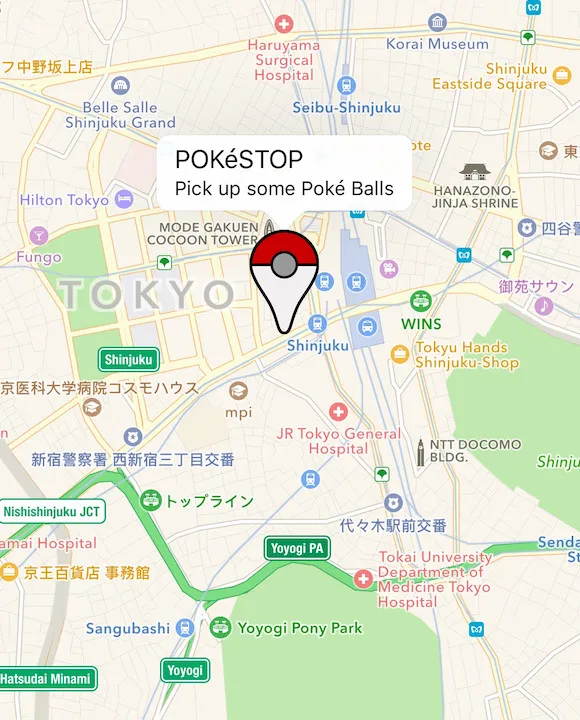当我尝试放置一个标记时,我的地图视图无法加载自定义注释,遇到了一些麻烦。
import UIKit
import MapKit
import CoreLocation
class MapViewController: UIViewController, MKMapViewDelegate, CLLocationManagerDelegate{
@IBAction func ReportBtn(sender: AnyObject) {
//MARK: Report Date And Time Details
let ReportTime = NSDate()
let TimeStamp = NSDateFormatter()
TimeStamp.timeStyle = NSDateFormatterStyle.ShortStyle
TimeStamp.dateStyle = NSDateFormatterStyle.ShortStyle
TimeStamp.stringFromDate(ReportTime)
//MARK: Default Point Annotation Begins
let ReportAnnotation = MKPointAnnotation()
ReportAnnotation.title = "Annotation Created"
ReportAnnotation.subtitle = ReportTime.description
ReportAnnotation.coordinate = locationManager.location!.coordinate
mapView(MainMap, viewForAnnotation: ReportAnnotation)
MainMap.addAnnotation(ReportAnnotation)
}
@IBOutlet weak var MainMap: MKMapView!
let locationManager = CLLocationManager()
override func viewDidLoad() {
super.viewDidLoad()
self.locationManager.requestWhenInUseAuthorization()
self.locationManager.delegate = self
self.locationManager.desiredAccuracy = kCLLocationAccuracyBest
self.locationManager.startUpdatingLocation()
self.MainMap.showsUserLocation = true
}
//MARK: - Location Delegate Methods
func locationManager(manager: CLLocationManager, didUpdateLocations locations: [CLLocation]) {
let location = locations.last
let center = CLLocationCoordinate2D(latitude: location!.coordinate.latitude, longitude: location!.coordinate.longitude)
let region = MKCoordinateRegion(center: center, span: MKCoordinateSpan(latitudeDelta: 0.02, longitudeDelta: 0.02 ))
self.MainMap.setRegion(region, animated: true)
//self.locationManager.stopUpdatingLocation()
}
func locationManager(manager: CLLocationManager, didFailWithError error: NSError){
print(error.localizedDescription)
}
//MARK:Custom Annotation Begins Here
func mapView(mapView: MKMapView, viewForAnnotation annotation: MKAnnotation) -> MKAnnotationView? {
guard !annotation.isKindOfClass(MKUserLocation) else {
return nil
}
/*if annotation.isKindOfClass(MKUserLocation){
//emty return, guard wasn't cooperating
}else{
return nil
}*/
let annotationIdentifier = "AnnotationIdentifier"
var annotationView: MKAnnotationView?
if let dequeuedAnnotationView = mapView.dequeueReusableAnnotationViewWithIdentifier(annotationIdentifier){
annotationView = dequeuedAnnotationView
annotationView?.annotation = annotation
}
else{
let av = MKAnnotationView(annotation: annotation, reuseIdentifier: annotationIdentifier)
av.rightCalloutAccessoryView = UIButton(type: .DetailDisclosure)
annotationView = av
}
if let annotationView = annotationView {
annotationView.canShowCallout = true
annotationView.image = UIImage(named: "image.png")
}
return annotationView
}
}
添加信息
我确定按钮功能完美运行。使用上面提供的代码,红色默认图钉注释会出现在正确位置。当我点击图钉时,我指定的描述也可以正常显示。我遇到的唯一问题是无法让我的图片取代无聊的默认红色图钉
